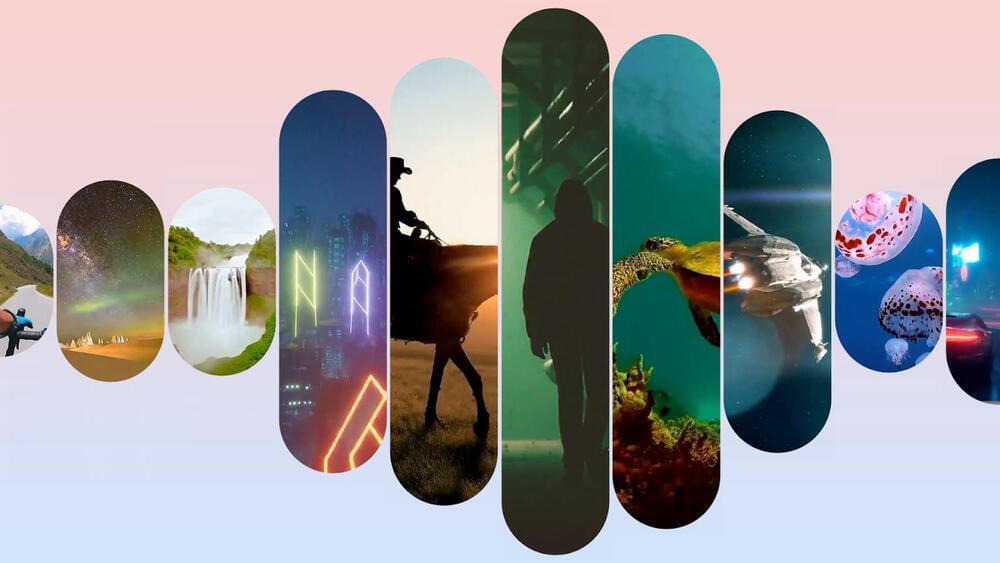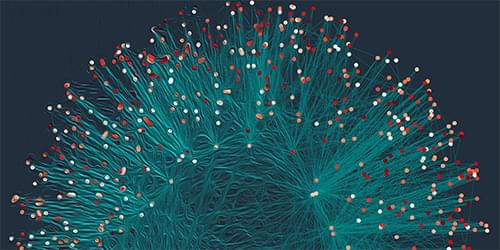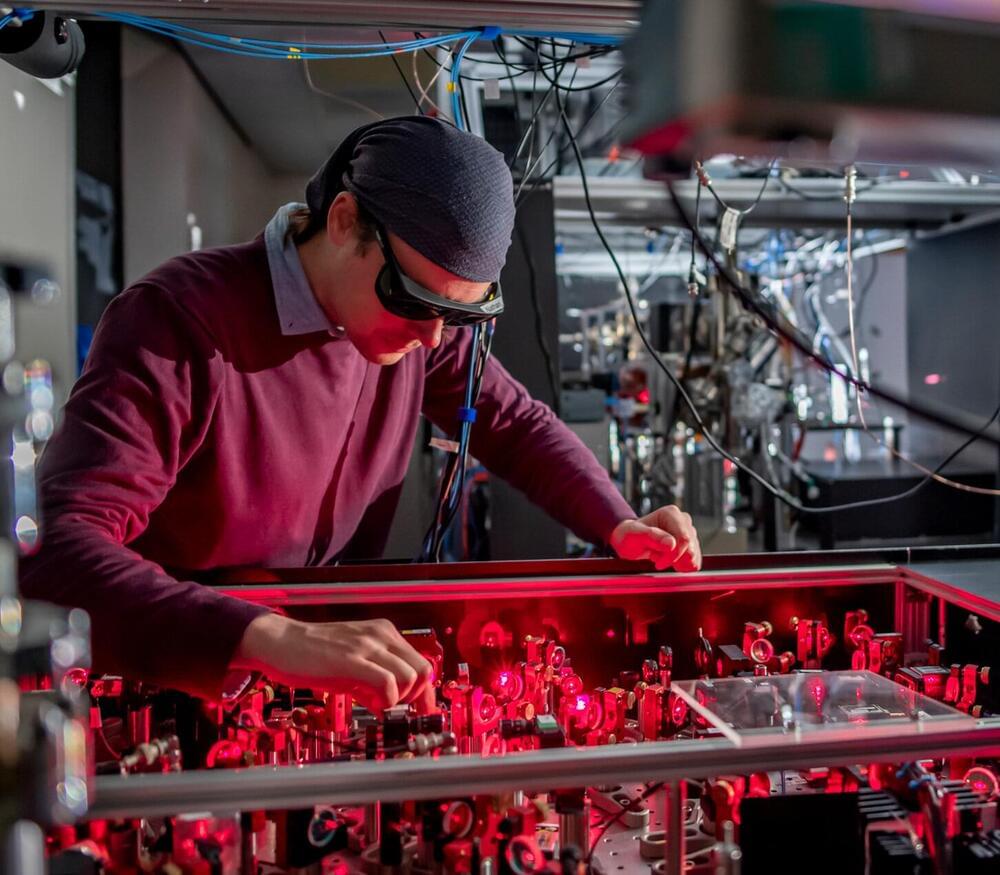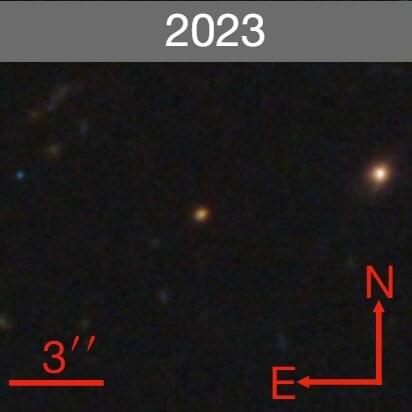In a somewhat unexpected turn of events, the ongoing controversy surrounding Photoshop and Substance 3D developer Adobe has extended beyond negative social media comments and Twitter Community Notes and into real life, with the company getting sued by the US government on the grounds of the former’s questionable business practices.
The federal court complaint, filed by the Department of Justice following a referral from the Federal Trade Commission, alleges that Adobe has been harming its users by enrolling them in its default subscription plan without clearly disclosing important terms regarding the cancellation process, effectively making one’s attempt to cancel their subscription a massive pain in the back.






